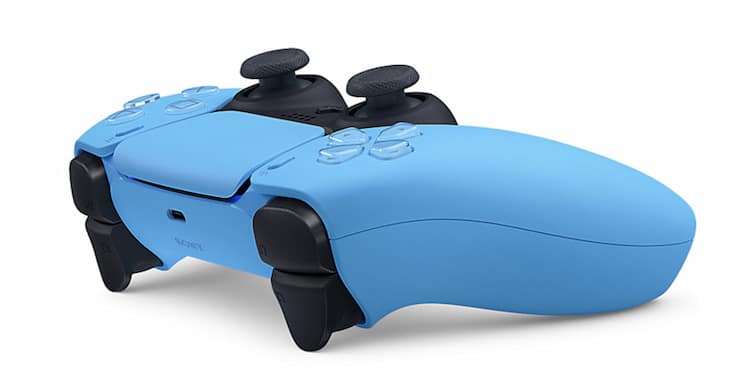
We listen to music, watch films and play games. For this, we have the best headphones, sound systems and computers. What shouldn't be missing: the feeling. Picture quality in particular has developed in giant steps over the last few years. For many, it now plays a major role whether a film is played in HD, UHD, 4K or even 8K. The same applies to sound systems, which are even capable of reproducing differences in height. But what about the real feeling? Only in the rarest cases we can physically feel content. Haptic feedback offers one possibility for this.
Contents
Haptic feedback means all physical feedback that we can feel. For example, if you get a phone call and your phone vibrates, the vibration is haptic feedback. The same applies to the vibration of a controller while gaming.
Yes, everyone who owns a mobile phone with a vibrating alarm already uses haptics on a daily basis, for example to register the receipt of messages. Even typing on a keyboard represents a haptic feedback at the moment the respective key jumps up again. It gives the user the feedback: You have successfully pressed me.
For an immersive experience, all human senses should be engaged as much as possible. Currently, there are mainly high-quality technologies that allow us to see and hear content. Haptic feedback is a way to integrate touch as an additional sense. This is not only interesting for entertainment lovers, but also for people who can hear less or not at all (see also: How the Deaf Community perceives music).
Haptic feedback means any kind of feedback that we can feel. This is where our largest sense organ comes into play: the skin. Through the sense of touch we perceive, for example, the texture of surfaces, external stimuli such as pain or cold, but also movements.

In the electronics and entertainment industry, haptic feedback (also known as force feedback) is becoming increasingly important. But integrating the sense of touch is by far not a new invention. Here are some examples where you've probably experienced haptic feedback yourself:
So you see: Even though you may not have known it yet, haptic feedback is already an integral part of everyday life for most of us.

There are many products on the market that are specially adapted to the needs of gamers: Mice, keyboards, screens, chairs, even certain foods that are supposed to provide the most important nutrients as well as energy.
In addition, many gamers want an experience that is as close to reality as possible. The next step towards this can be designed by integrating another human sensory organ into the experience.
In the past, some manufacturers have already integrated the sense of touch into the gaming experience. Well-known examples include the Rumble Pak for the Nintendo 64, which lets the controller vibrate, or the Dualshock controller of the Playstation 4. In 2020, the Playstation 5 came out, and its new Dual Sense Wireless controller works even more specifically with haptic feedback than before. This is because the PS5's controller has adaptive triggers that, for example, specifically counteract when the player stretches a bow in the game. The player then feels resistance as if he was trying to shoot an arrow with the help of a bow in real life.

So by using haptic feedback and thus integrating the sense of touch, the gaming experience becomes even more real. You are immersed in the game, feel collisions, shots or resistance. This effect - the deep involvement in digital worlds - is called immersion.
The Feelbelt also works with haptic feedback. Ten impulse generators built into the inside of the belt give you feedback on your game/song/movie. The special feature: The pulse generators not only distinguish between "yes" and "no" - i.e. whether they give you feedback or not - the intensity of the feedback also varies. So the harder you hit a wall in the game, the more strongly the Feelbelt makes you feel it.*
The Feelbelt is also able to differentiate between directions: If a dinosaur passes you on the left in the game, you will also feel the Haptic Feedback 2.0 in the left half of your body.*

But the Feelbelt is not only suitable for gaming. It also proves its full strength when listening to music. The Feelbelt can reproduce the entire frequency spectrum of the human auditory system (and beyond) from 10 to 20,000 Hz through haptic feedback. It distinguishes between high and low tones:
The joystick or app can be used to control the volume of the content as well as the intensity. In the app, you can also switch between different modes such as gaming or bass. In addition, free updates for your Feelbelt appear regularly in the app, so that your firmware always stays up to date with the latest developments.
The Feelbelt supports you in experiencing your games, favourite songs and films even more intensively and immersively. Because through haptic feedback - more precisely through Haptic Feedback 2.0 - you can not only see and hear your content, but now also feel it.
*depending on the sounds in the game - the Feelbelt converts the sounds into haptic feedback
Klicken Sie auf den unteren Button, Formular zu laden.